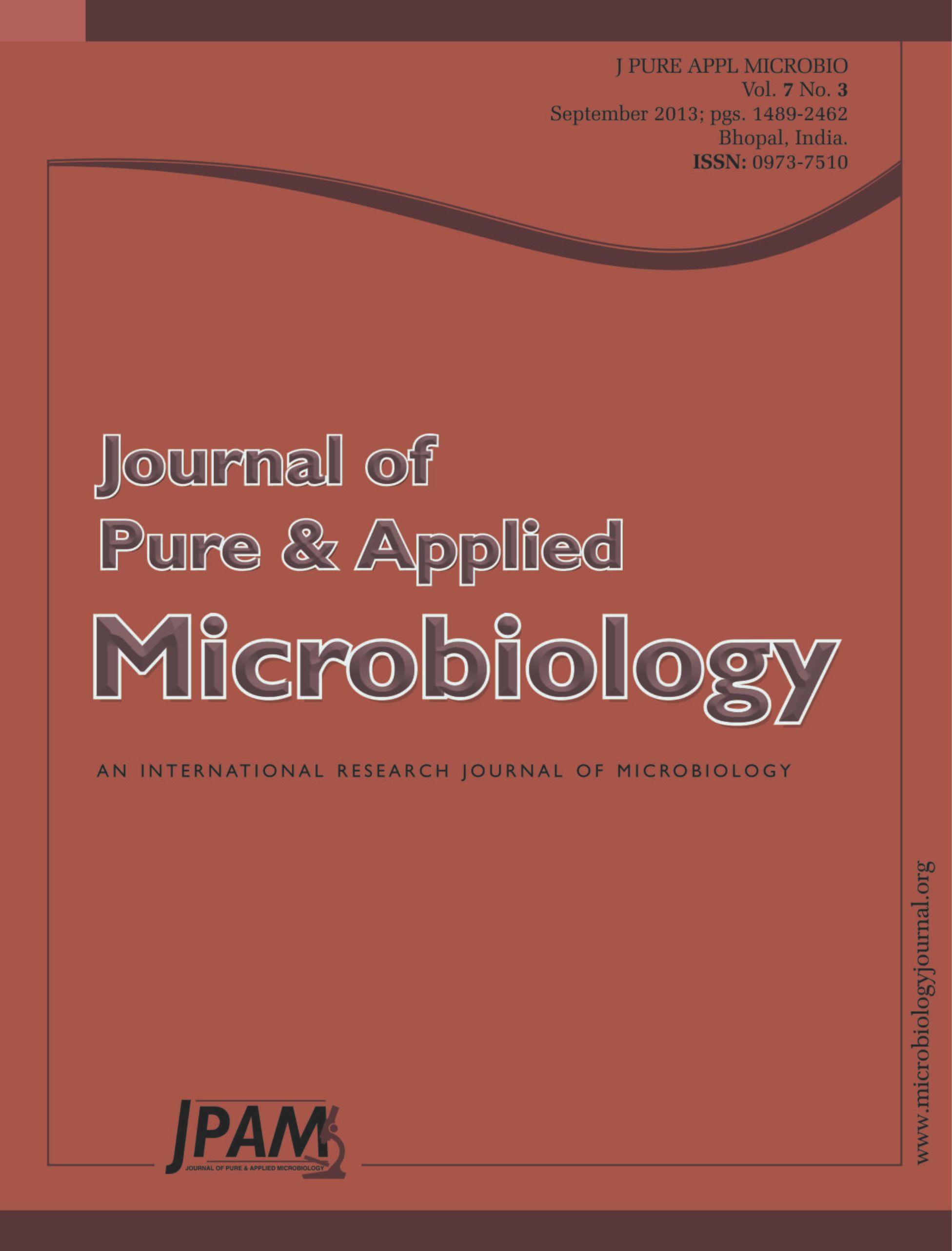Twenty Aspergillus flavus isolates were isolated from 72 rice grain samples collected from three main regions at Saudi Arabia. Potential ability to produce aflatoxins (AFs) B1, B2, G1 and G2 was studied by isolate culture followed by HPLC analysis of these AFS in the culture extracts. Results indicated that 65% of the A. flavus strains produced AFs. Most of the A. flavus strains presented moderate toxigenicity with mean levels of AFs ranging from 0.2 µg/Kg to 2.5 µg/kg. The isolates were classified into five chemotypes based on the ability to produce AF that majority of them (30%) belonged to chemotype V comprising non-aflatoxigenic isolates. Inter-simple sequence repeats (ISSR), and random amplified polymorphic DNA (RAPD) molecular markers were used, with the aim of genetic diversity and discriminate aflatoxigenic from non-aflatoxigenic isolates. RAPD and ISSR analysis revealed a high level of genetic diversity in the A. flavus population and useful for genetic characterization. RAPD and ISSR were successes to discriminate aflatoxigenic from non-aflatoxigenic isolates with different percentage, but ISSR was more sensitive to discriminate aflatoxigenic from non-aflatoxigenic isolates.
Genetic diversity, Aspergillus flavus, rice, RAPD, ISSR
© The Author(s) 2014. Open Access. This article is distributed under the terms of the Creative Commons Attribution 4.0 International License which permits unrestricted use, sharing, distribution, and reproduction in any medium, provided you give appropriate credit to the original author(s) and the source, provide a link to the Creative Commons license, and indicate if changes were made.


